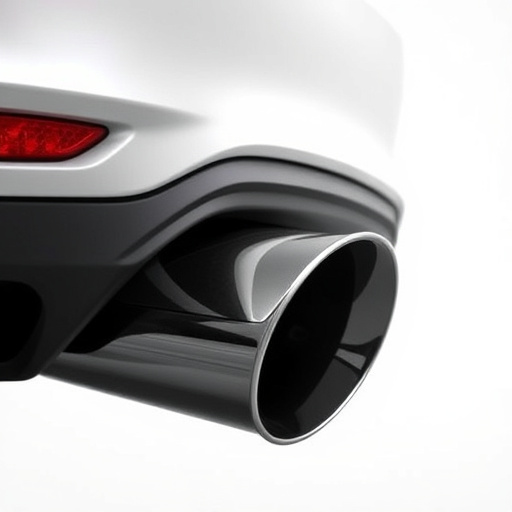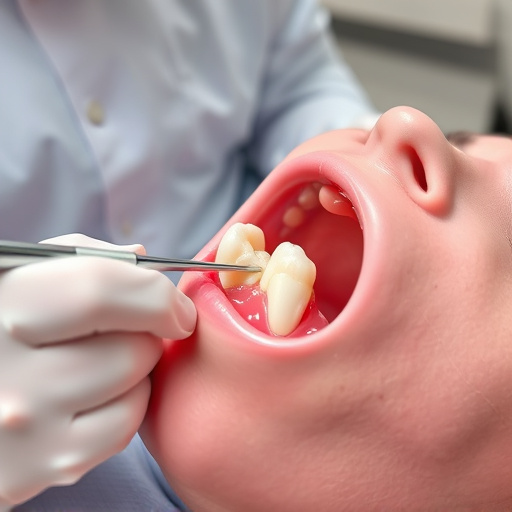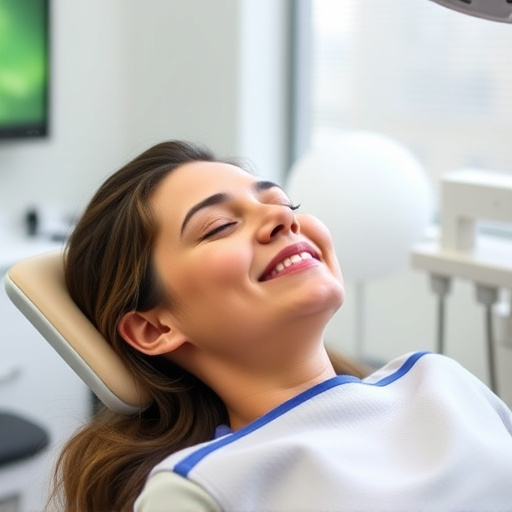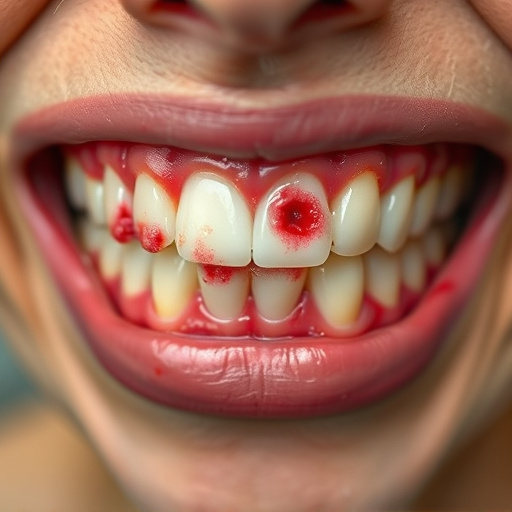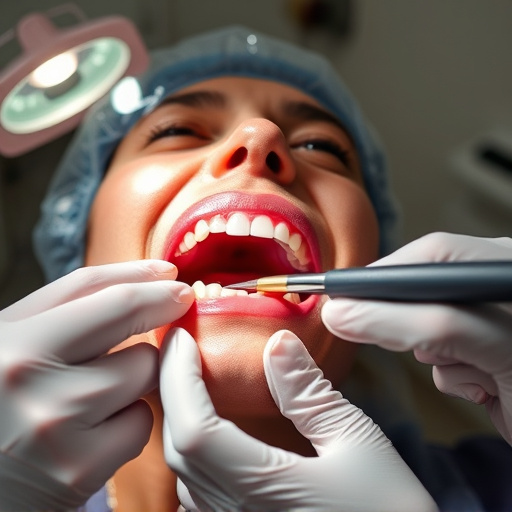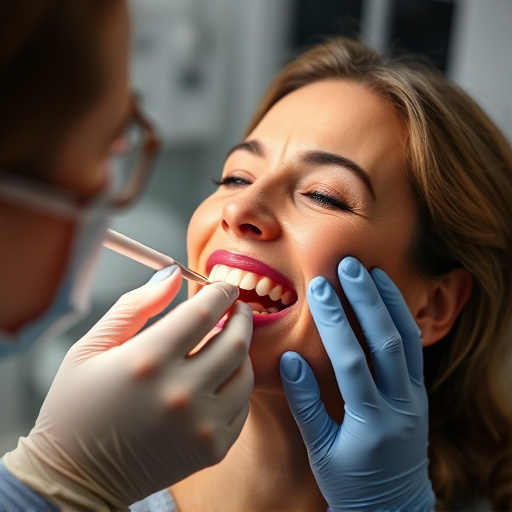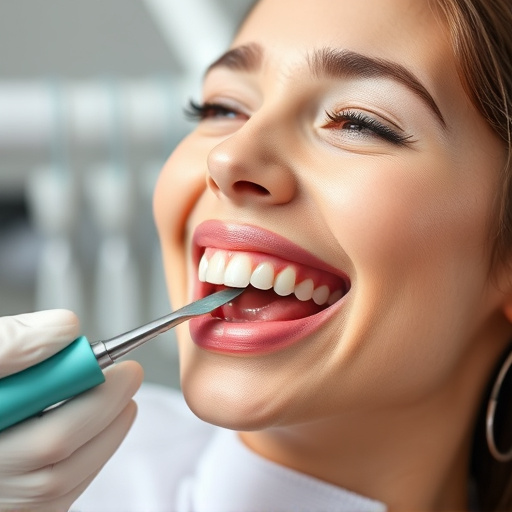Pain-free dentistry is a modern approach using advanced technologies and techniques to eliminate discomfort during procedures like extractions and crown placements, enhancing patient satisfaction, oral health, and overcoming psychological barriers related to traditional dentistry methods.
Discover the revolutionary world of Pain-Free Dentistry—a modern approach that transforms dental care. This article delves into the emerging trends reshaping oral health, comparing innovative techniques with traditional methods. From understanding the science behind pain-free practices to exploring their patient-centric benefits, we uncover why these advanced strategies are gaining traction. By examining limitations of conventional dentistry and the positive impact on patient experiences, readers will grasp the potential for a more comfortable, accessible dental future.
- Understanding Pain-Free Dentistry: A Modern Approach
- Traditional Methods: Limitations and Patient Experience
- Comparing Comfort: Benefits of Pain-Free Techniques
Understanding Pain-Free Dentistry: A Modern Approach
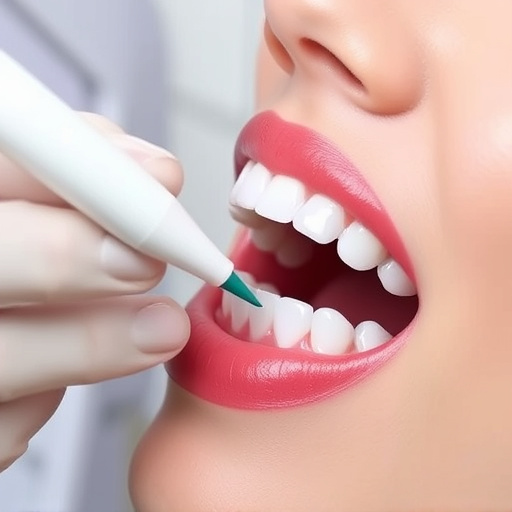
Pain-free dentistry represents a modern approach to oral care, designed to revolutionize patient experiences. This innovative technique focuses on eliminating discomfort during various dental procedures, including but not limited to tooth extractions and general dentistry treatments. By utilizing advanced technologies and techniques, pain-free dentistry ensures patients receive quality care without the usual fears and anxieties associated with traditional methods.
In this approach, dental professionals employ strategies such as topical anesthetics, advanced numbing techniques, and state-of-the-art equipment to provide a comfortable experience. Even procedures like placing dental crowns become less intimidating when executed using pain-free dentistry practices. This method not only enhances patient satisfaction but also promotes better oral health by reducing the psychological barriers that often prevent individuals from seeking necessary dental care.
Traditional Methods: Limitations and Patient Experience
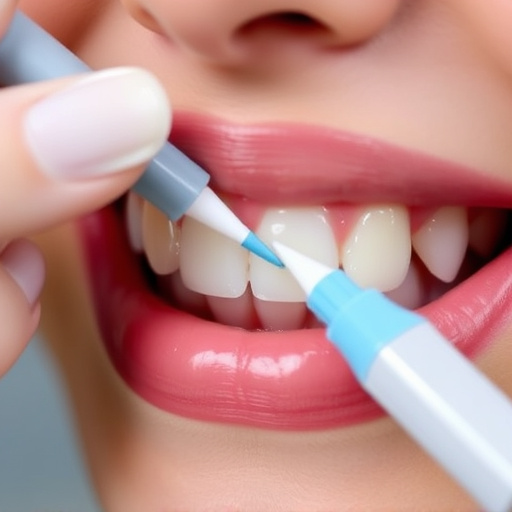
Traditional dentistry methods, while effective for many procedures, often come with limitations when it comes to patient comfort. Routine oral exams and basic dental treatments are typically pain-free, but more complex procedures like dental crowns or tooth extractions can be daunting experiences for some patients due to the inherent discomfort associated with drills, injections, and surgical tools.
The patient experience is significantly impacted by these traditional methods, which can cause anxiety and stress. Even with modern anaesthetics and numbing agents, many individuals still face challenges in managing pain during and after procedures. This often leads to avoidance of necessary dental care or delayed treatments, negatively affecting overall oral health and well-being.
Comparing Comfort: Benefits of Pain-Free Techniques
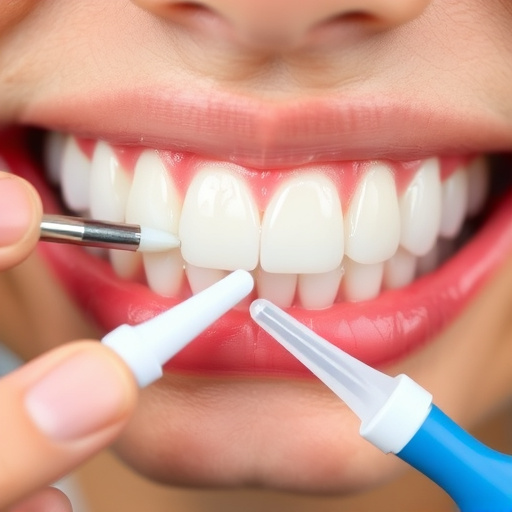
In the realm of dental care, embracing pain-free techniques has revolutionized how patients experience their visits. Traditional methods, often associated with discomfort and fear, are being replaced by innovative approaches that prioritize patient comfort. Pain-free dentistry goes beyond local anesthetics; it encompasses a comprehensive dental care philosophy focused on providing restorative dentistry solutions without causing undue suffering.
This modern approach leverages advanced technology and unique procedures to ensure every step of the dental process is as comfortable as possible. From initial examinations to complex restorative treatments, pain-free techniques aim to deliver not just effective, but also soothing, experiences. As a result, patients can benefit from improved oral health, enhanced confidence, and a positive outlook towards regular family dentistry visits, fostering a healthier and happier lifestyle.
Pain-free dentistry represents a significant leap forward in dental care, offering alternative approaches that prioritize patient comfort and experience. By comparing traditional methods with modern pain-free techniques, it’s clear that the former often fall short in terms of managing patient discomfort. The benefits of pain-free dentistry are manifold, from reduced anxiety to faster recovery times. As we continue to evolve in this field, embracing these innovative practices can lead to happier patients and healthier smiles.






